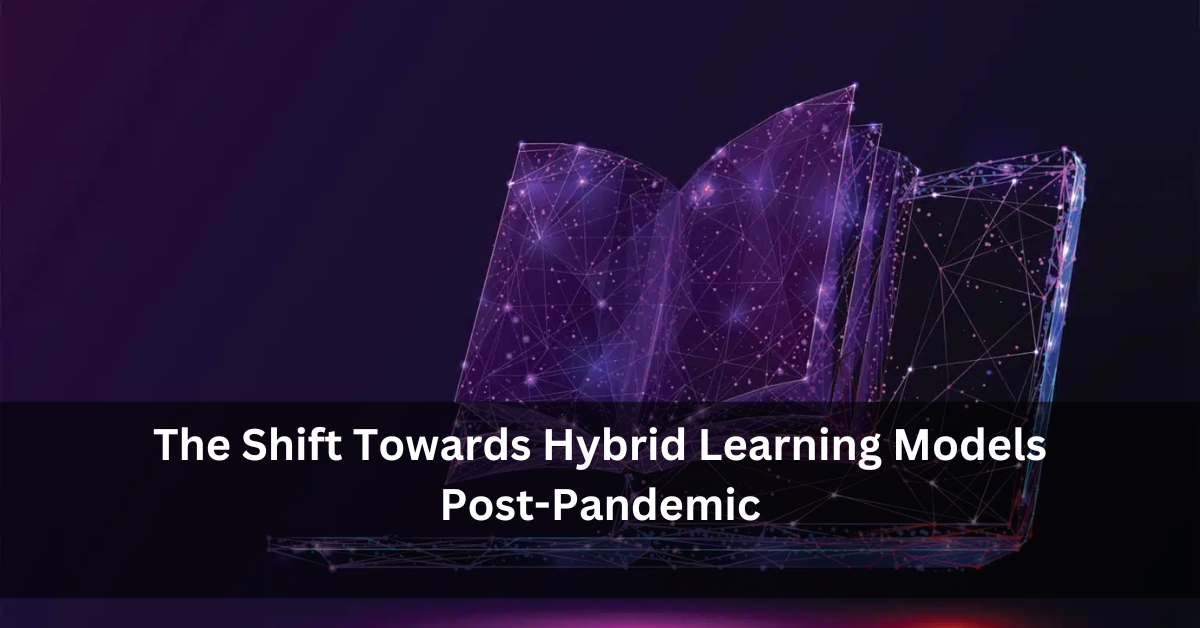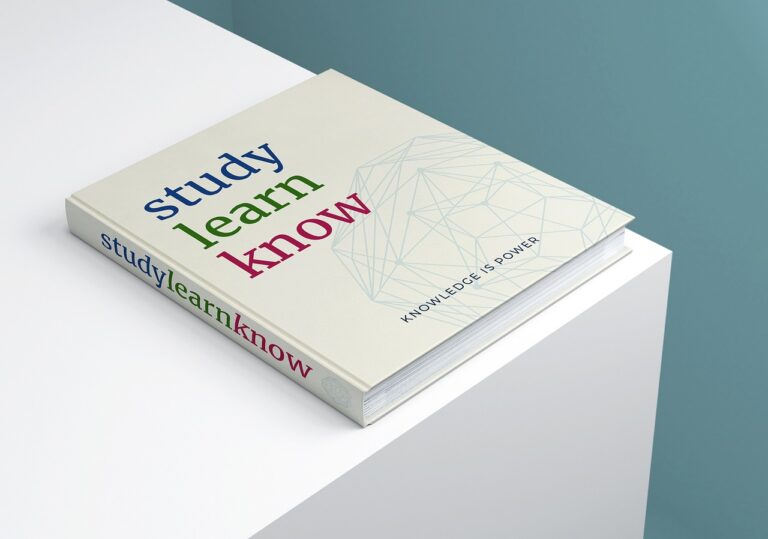The Shift Towards Hybrid Learning Models Post-Pandemic
The COVID-19 pandemic changed the way education is delivered across the world. In India, it pushed schools and colleges to rethink their teaching methods. One approach that gained popularity is hybrid learning, which combines both in-person and online classes. This model is helping many students continue their education without interruption and giving them more flexible options to learn. In this article, we will talk about what hybrid learning means, why it is important now, how it is being used in India, and what the future holds for it.
What Is Hybrid Learning?
Hybrid learning is a mix of classroom teaching and online education. Instead of attending school every day in person, students may spend some days learning at school and other days learning from home through the internet. The lessons taught online might include live video classes, recorded lectures, digital assignments, and quizzes.
This way of learning gives students the freedom to study at their own pace and according to their convenience. It also makes it easier for students who cannot always be present in school due to health reasons, distance, or other issues to keep up with their studies.
Why Hybrid Learning Is Important
The pandemic showed that traditional classroom teaching alone may not always work, especially in emergencies. Hybrid learning has some clear benefits:
- Flexibility: Students can choose when and how they want to study some parts of their course. They can rewatch recorded videos or take extra time to understand a topic.
- Access for Everyone: Students in rural or remote areas can access quality education using online resources. This reduces the gap between urban and rural education.
- Cost Savings: Schools can reduce expenses related to physical infrastructure and transport. For families, it saves time and money spent traveling to school every day.
- Engaging Learning Tools: Online learning often uses interactive tools like quizzes, videos, and games that make lessons more interesting.
- Building Digital Skills: Students improve their computer and internet skills, which are important in today’s world.
Hybrid Learning in India Today
India has a large and diverse education system. The government has been promoting digital education even before the pandemic, but the crisis sped up the process. The National Education Policy (NEP) 2020 highlights the use of technology in education and encourages flexible learning options like hybrid models.
Many schools and colleges now use a mix of online and offline teaching. Urban schools often have better internet access and devices for students, but efforts are underway to reach rural areas too. Government platforms and programs help bring digital lessons to many students.
Government Support and Initiatives
The Indian government has launched several projects to support hybrid learning:
- DIKSHA Platform: A portal with free educational content for students and teachers. It offers videos, lessons, and quizzes aligned with school curricula.
- PM eVIDYA: This program aims to unify all digital and online education efforts. It broadcasts lessons on TV and radio and shares them online so students can learn even without internet access.
- Virtual Labs: Delhi government introduced over 300 virtual science and math labs in schools. These help students do experiments online and learn practical concepts.
These initiatives help make education more accessible and prepare schools to adopt hybrid models smoothly.
Challenges of Hybrid Learning
While hybrid learning has many advantages, it also faces challenges:
- Internet and Device Access: Not all students have reliable internet or devices like smartphones or computers. This limits their ability to join online classes.
- Teacher Training: Some teachers are not fully comfortable with online teaching tools. They need proper training to use technology effectively.
- Student Engagement: Learning from home requires self-discipline, which can be hard for some students. Without face-to-face supervision, some may lose focus.
- Quality and Assessment: Maintaining the quality of teaching and fair assessment in a hybrid model needs clear guidelines and monitoring.
The government and schools are working on solutions such as providing devices, improving internet connectivity, and training teachers to overcome these hurdles.
How Parents and Students Can Make the Most of Hybrid Learning?
Parents and students also play an important role in making hybrid learning successful:
- Create a Study Routine: Set fixed times for online and offline learning to build discipline.
- Use Available Resources: Explore the free content on government platforms and educational apps to supplement learning.
- Stay Connected with Teachers: Communicate regularly with teachers to track progress and clear doubts.
- Encourage Digital Learning Skills: Practice using online tools to become comfortable with technology.
- Balance Screen Time: Take breaks to avoid fatigue from too much time on digital devices.
What Does the Future Hold?
Hybrid learning is expected to remain an important part of education in India even after the pandemic ends. It offers a way to include more students and adapt to different learning needs.
As internet coverage improves and more affordable devices become available, the reach of hybrid learning will grow. Schools will continue to update their teaching methods, combining the best of both worlds—personal interaction and digital convenience.
This approach also supports lifelong learning. People can continue to learn new skills online even after formal education, helping them in their careers and personal growth.
Conclusion
The shift towards hybrid learning models is changing education in India. It offers flexibility, access, and new ways to learn that suit today’s world. While challenges remain, ongoing government efforts and cooperation from schools, teachers, students, and parents are helping this change take root.
For regular updates and more information on education and learning trends, visit Blogs. Stay informed and be ready to make the most of new learning opportunities.
Education is evolving, and hybrid learning is becoming a key part of that journey. It is opening doors for many students and helping build a stronger future for India.
Learn more on Blogs and keep up with the latest in education news.







